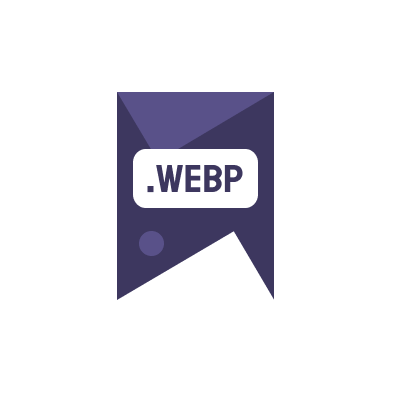As digital landscapes become more image-heavy, the importance of using lightweight images on websites cannot be overstated. This article delves into why Google rewards websites that use lightweight images and how you can leverage this for better SEO performance.
Understanding the Role of Images in SEO
Images play a critical role in enhancing user engagement and conveying information swiftly. However, if not optimized, they can significantly slow down your website, leading to poor user experience and decreased rankings in search results.
Advantages of Lightweight Images
- Improved page load speed
- Better user experience
- Enhanced SEO rankings
- Reduced bounce rates
- Higher conversion rates
Converting your images to formats like WebP using tools like ConverterWebP can help achieve these benefits.
How Google’s Algorithms Favor Lightweight Images
Google’s algorithms prioritize websites that load quickly and provide a good user experience. Websites using lightweight images often meet these criteria, thus gaining a competitive edge in SEO rankings.
Tools and Techniques for Image Optimization
Several online tools allow you to convert images to more efficient formats. Using services such as ConverterWebP to convert images to WebP online for free is an effective way to reduce file size without compromising quality. Additionally, you can read more about the WebP format on Wikipedia.
Implementing Lightweight Images on Your Website
To effectively implement lightweight images, consider the following steps:
- Assess current image sizes and formats on your site
- Utilize tools like ConverterWebP to optimize images
- Test the site’s performance before and after optimization
- Monitor SEO improvement and adjust strategies as needed
Embracing lightweight images not only aligns with Google’s recommendations but also enhances the overall user experience, making your website more attractive to both users and search engines.

